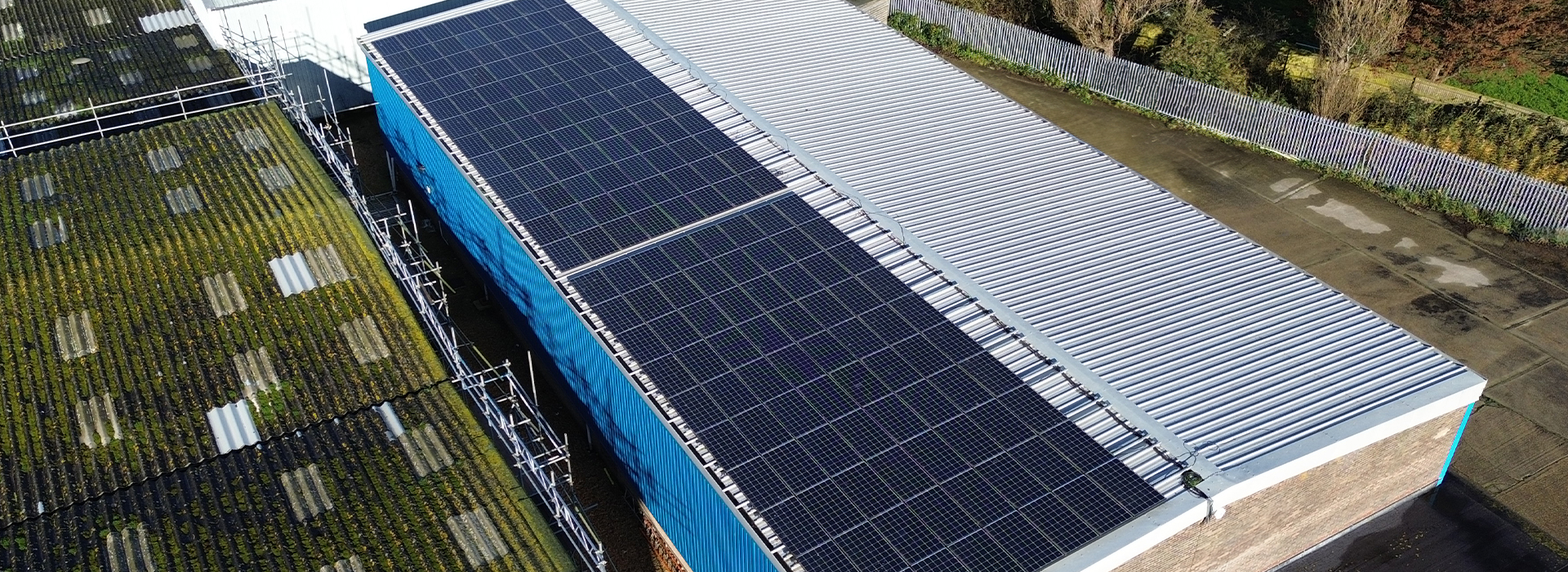Falls from height were the most common cause of fatalities at work, coming second in total incidents only to trips and slips. Working at height poses many risks, so whether you’re a business premises owner or a roof contractor, you need to know how to prevent falls at work to protect your staff, your business, and your reputation.
Your Obligation as an Employer
Whether you own a business premises which requires people to work at height, or you’re a contractor that specialises in roof management, you have certain obligations to protect your workers when operating at any height.
You need to ensure worker safety by providing suitable personal protection equipment and/or ensure the building you work on has a roof safety rail in place. If not, then your company is liable for accidents – even if it’s not a premises owned by your business. Imagine what a dangerous fall could do to your reputation, let alone the costs involved!
Protecting Workers at Height
We’ve recently taken a look at the best roof safety systems to implement, but there is more to it than a safety rail or a guideline. Workers accessing roof areas will often need to navigate different roof levels, roof types, and avoid or climb obstacles in order to get to the plant which requires maintenance.
This means that trip hazards are everywhere – not just around the perimeter of the roof! There are many ways to prevent trips and falls when working at height, including:
- Step over ladders
- Access platforms
- Raised cable trays
- Protected fragile areas such as skylights
Step-Over Ladders
Also known as up-and-over ladders, these are ideal for different roof levels especially where the worker must cross a parapet at the peak.
Vertical access ladders are also ideal for accessing plant which is on a raised area, but they must have the required hoops in order to be fully compliant with working at height regulations. These hoops prevent people from falling backwards off the ladder.
Access Platforms
Raised access platforms make roof maintenance far easier and safer. These are simple platforms that enable maintenance engineers to easily access plant without the need to balance on a ladder or climb an obstacle in order to get to the required point.
Raised Cable Trays
One of the biggest causes of trips and falls on rooftops is the loose cabling often found trailing across the roof. Raised cable trays increase the visibility of cabling, and also ease access should the cables themselves require maintenance.
A raised cable tray from our Titan range is a simple but effective way to minimise falls while working at height, as the raised tray is much easier to see and work around.
Protection of Fragile Roof Areas
Skylights and other fragile areas of roof are a big hazard for any roof maintenance engineer. Guards such as rooflight protection systems – or for larger areas, roof safety rails such as the Freestanding Guardrail – can be placed around fragile areas to prevent inadvertent access.
These railings increase visibility of the hazard while also protecting the premises, working two-fold to increase roof safety and prevent accidents. You can also prevent or limit access using spring-loaded gates, so that only those with permission and the correct training can access particularly hazardous areas of the roof.
Increase Visibility of Roof Hazards
There are other ways to prevent trips and falls on the rooftop, such as high visibility paint to mark out the boundary edge, fragile areas, and no-go zones. Clear signage is also ideal for any area where additional hazards may occur, such as electrical cabling.
The more visible you can make hazards, the less likely trips and falls on a roof will become. If you can demonstrate that risk has been minimised by these safety protocols, should an accident occur you are far more likely to be able to protect your reputation and your business finances.



